Mexican scientists are making final preparations to send five autonomous robots to the Moon on January 8, thereby making Mexico the first Latin American country in history with the capacity to design and manufacture its own space exploration equipment.
The 5 autonomous robots are circular in design, with a diameter of 12cm, weighing 57g, made from stainless steel, titanium alloy, high-quality aluminum, with the mission of measuring and collecting soil and rock samples on the surface of the Moon. This is a scientific achievement by scientists and 250 students of the National Autonomous University of Mexico (UNAM) within the framework of Colmena - a project of UNAM, with the collaboration of the US National Aeronautics and Space Administration (NASA).
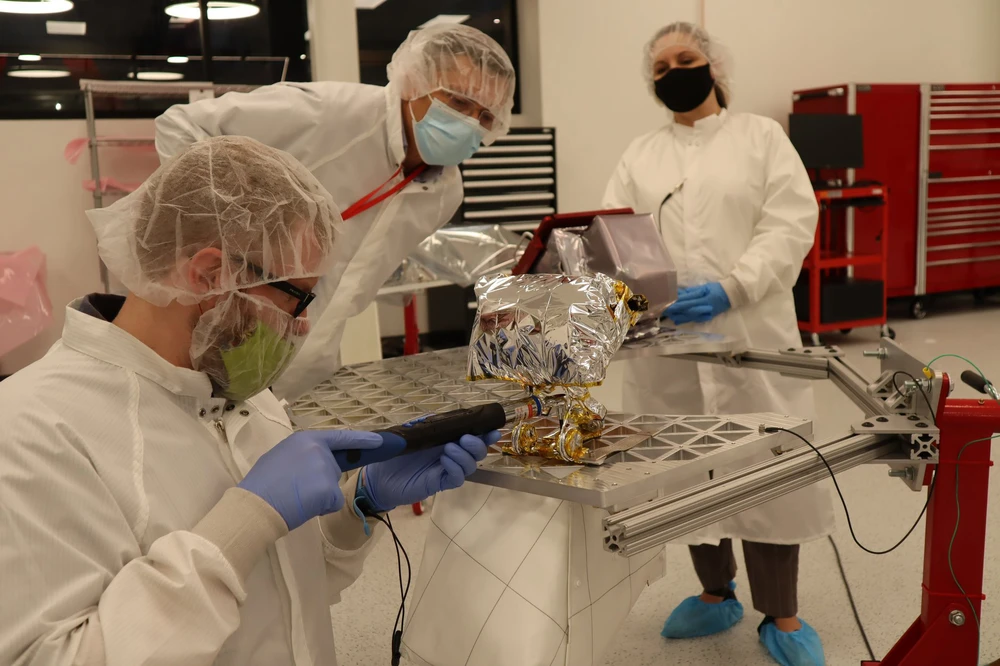
The Mexican autonomous robots have passed dozens of rigorous tests on mechanical strength, resistance to extreme temperatures and vacuum environments, before being approved by NASA to participate in Artemis - an international program led by this organization with the mission of returning American spacecraft to the Moon after 50 years. These robots are expected to be carried to the Moon by NASA's Peregrine spacecraft from the Canaveral Spaceport in Florida, USA at 2:00 a.m. on January 8, local time.
The deployment of five autonomous robots to the Moon has marked a major shift in Mexico's aerospace industry. Professor Medina Tanco said that Mexico has shown that it can make a difference in technology and international cooperation, thereby forming important links to study minerals or make other scientific discoveries in space. The aerospace manufacturing sector in Mexico is contributing significantly to the overall growth of the country's economy. According to the Mexican Aerospace Industries Federation (FEMIA), the aerospace industry in Mexico has an estimated market size of 11.20 billion USD in 2024 and is expected to reach 22.70 billion USD in 2029, with an annual growth rate of 15%.
Mexico is currently the 14th largest aerospace supplier globally and the government is focused on improving its ranking to enter the top 10 by the end of the forecast period (2024-2029). According to FEMIA, Mexico’s aerospace industry has become an attractive destination for foreign investors thanks to its open investment policy, low production costs and a healthy aerospace ecosystem. Major aircraft suppliers such as General Electric, Airbus, Safran, Bombardier and Latécoère Group have contributed significantly to the country’s export growth over the years.
Each year, about 80% of Mexico’s aerospace production is exported to the United States, with the remainder going to countries such as Canada, France, Germany, and others. Aerospace manufacturing capabilities in Mexico range from engines and engine components to fuselages, cargo doors, landing gear assemblies, avionics, and other components that are found in some of the world’s aircraft models. Several new initiatives are being supported by the government, such as integrating local suppliers into the Mexican aerospace industry and supporting small-scale companies to participate in design activities. Manufacturing is also expected to improve the contribution of the aerospace industry to the Mexican economy in the coming years.
SOUTH
Source



![[Photo] Overcoming all difficulties, speeding up construction progress of Hoa Binh Hydropower Plant Expansion Project](https://vstatic.vietnam.vn/vietnam/resource/IMAGE/2025/4/12/bff04b551e98484c84d74c8faa3526e0)


![[Photo] Closing of the 11th Conference of the 13th Central Committee of the Communist Party of Vietnam](https://vstatic.vietnam.vn/vietnam/resource/IMAGE/2025/4/12/114b57fe6e9b4814a5ddfacf6dfe5b7f)







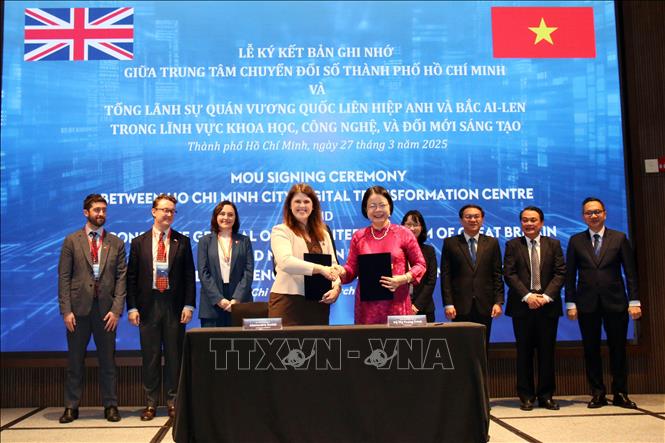


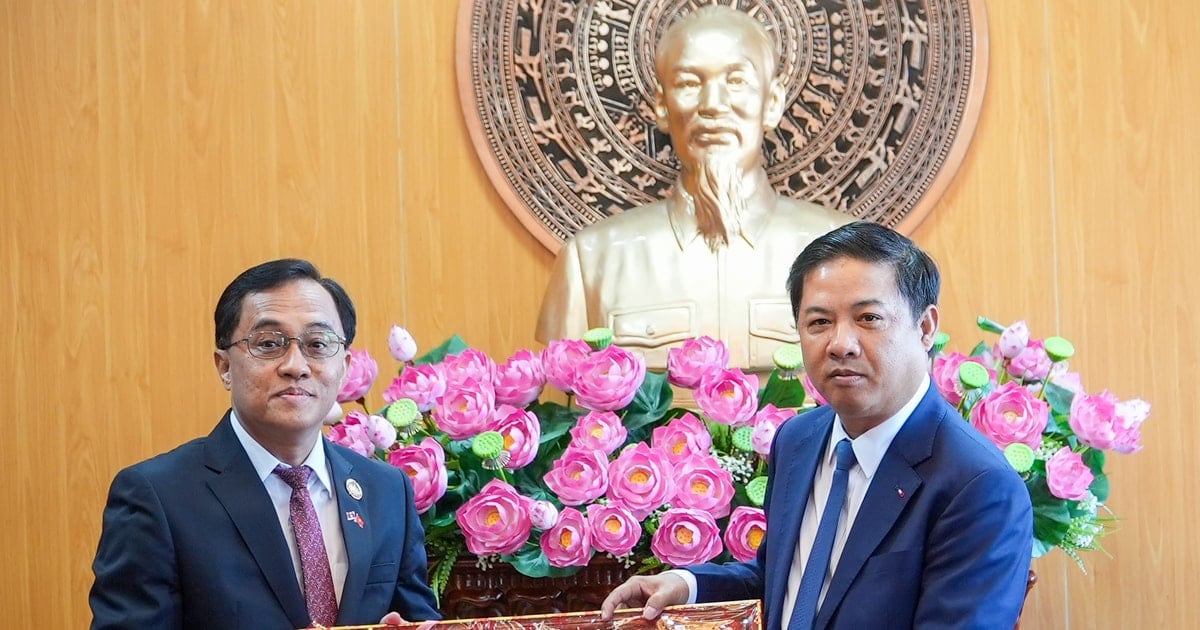
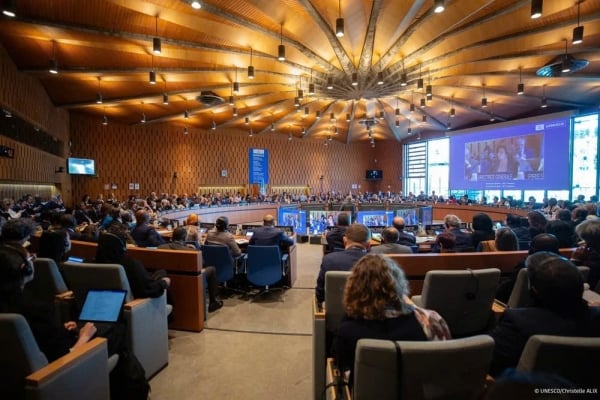
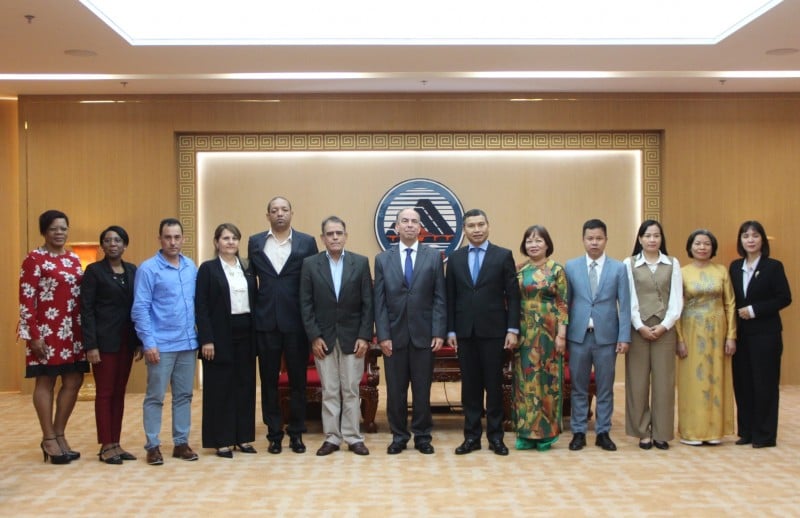
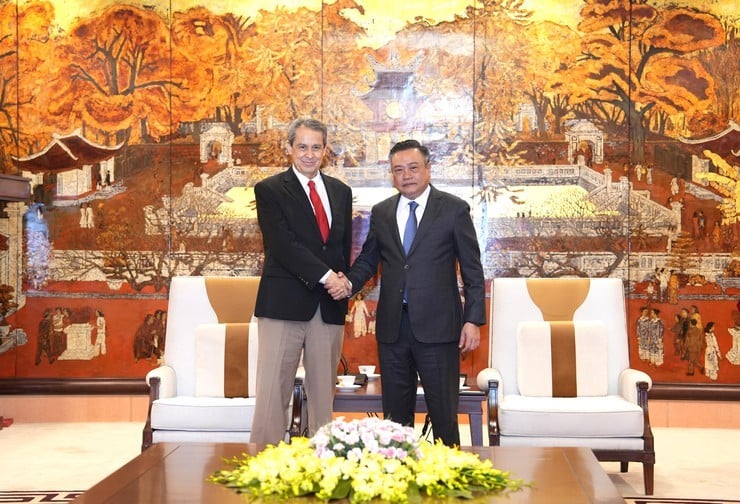


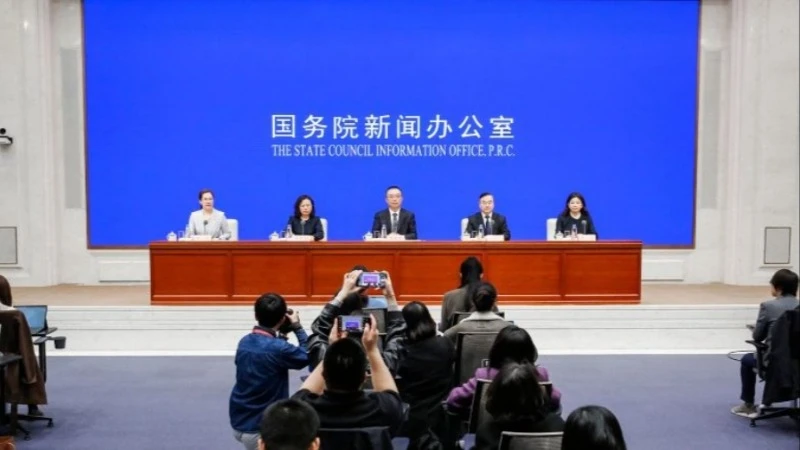






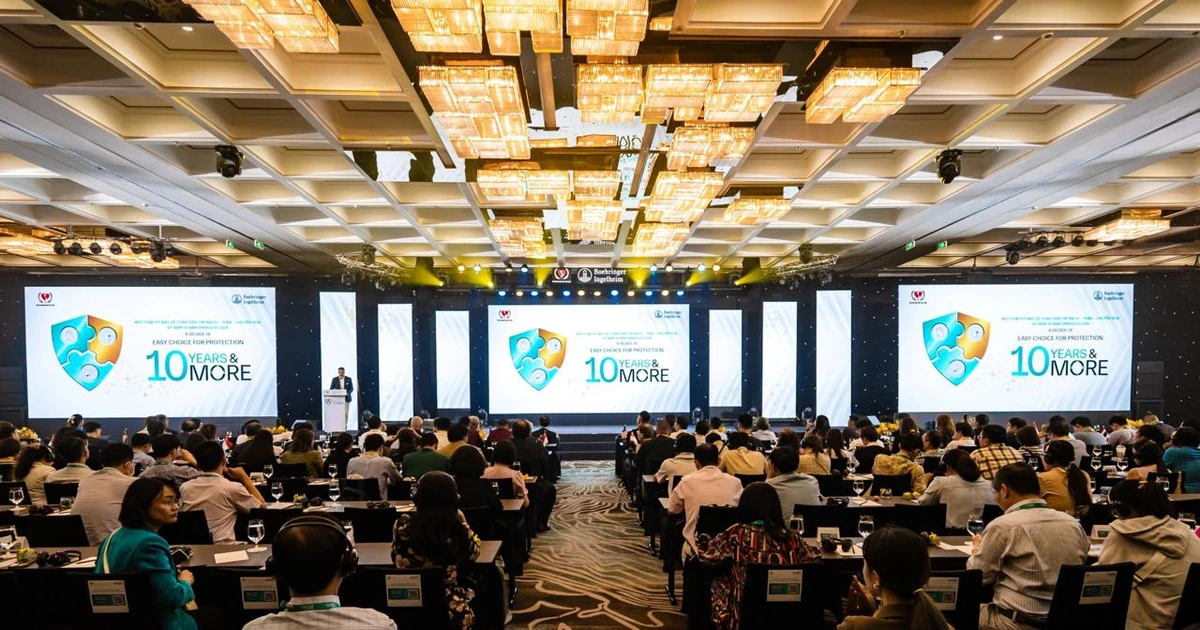

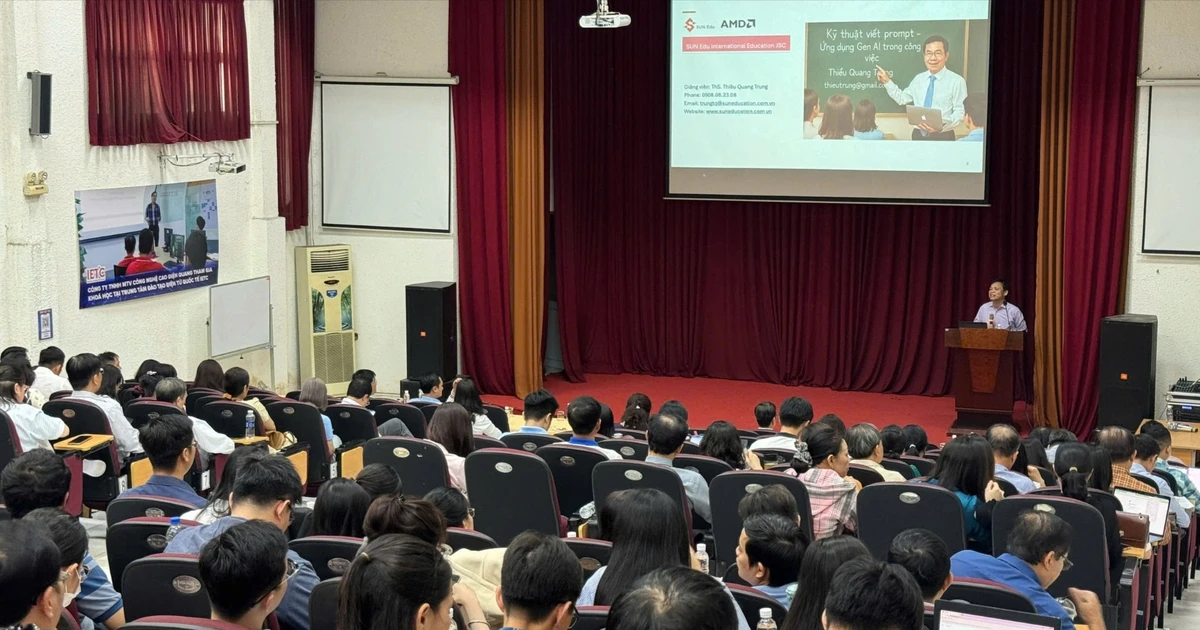












































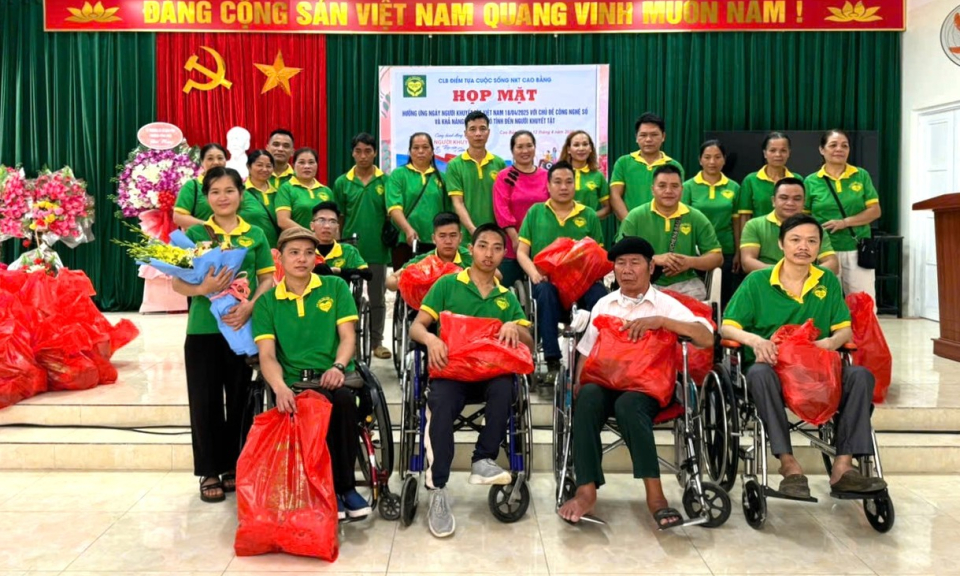



















Comment (0)